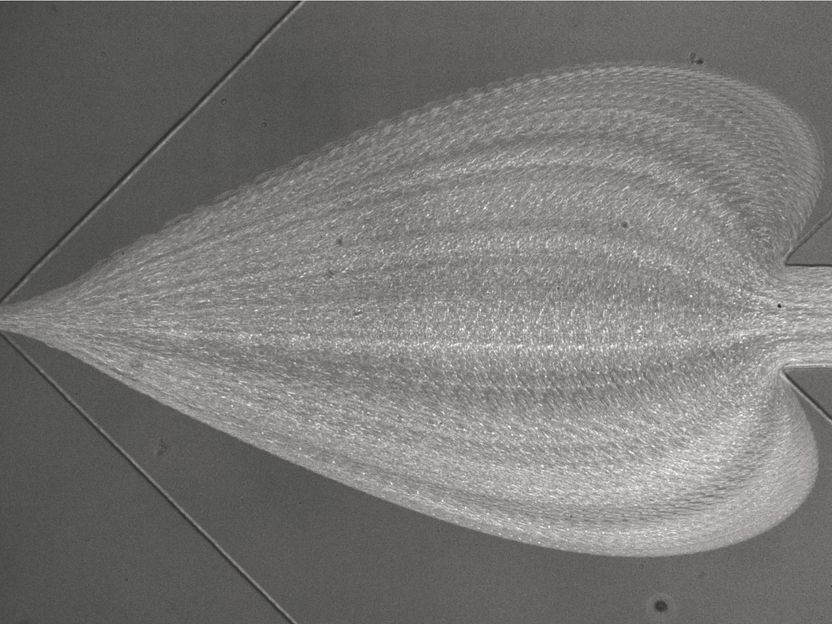Weather and geography drive waterborne infectious disease outbreaks
An analysis of 12 years of data collected from over 500 hospitals in 25 different U.S. states shows that weather, geographic location, and urban or rural location all appear to influence hospitalizations for waterborne infectious diseases, according to a new study by researchers at Columbia University in the open-access journal PLOS Water.
Waterborne infectious diseases caused by bacteria, parasites, and viruses still affect over 7,000,000 people annually in the United States despite drinking and recreational water regulations, and sanitation infrastructure. Waterborne pathogens transmitted via contaminated environmental or drinking water can cause severe respiratory or gastrointestinal infections, particularly among vulnerable groups. Drinking water and wastewater treatment substantially reduces the burden of disease but these systems are still vulnerable to contamination. Pathogen-specific water quality monitoring is onerous and expensive, and as a result infrequently conducted.
“Understanding the factors that give rise to these infections could eventually lead to a cost-effective early warning system so public health authorities can direct resources to protect people from contaminated drinking water,” says study author Victoria Lynch, a postdoctoral research scientist in environmental health sciences at Columbia University Mailman School of Public Health.
Lynch and Jeffrey Shaman, professor of environmental health sciences and interim dean of the Columbia Climate School, looked at hospitalizations caused by 12 specific water-borne pathogens, including bacteria like Escherichia coli, parasites like Cryptosporidium, biofilm-forming bacteria such as Pseudomonas and the pathogen causing Legionnaires’ disease—distinct from other bacterial pathogens because they naturally inhabit environmental water—and Norovirus. They used data from 516 hospitals in 25 states collected between 2000-2011, as part of the National Inpatient Sample (NIS) from the Healthcare Cost and Utilization Project (HCUP). Precipitation, soil moisture, surface runoff, and temperature data were obtained from the NASA/NOAA North American Land Data Assimilation System 2 (NLDAS-2) dataset. Drinking water data were extracted from the Safe Drinking Water Information System for each hospital's community water system.
There were 57,335 hospitalizations for waterborne disease between 2000 and 2011 from those 516 hospitals in the United States. The biofilm-forming bacteria comprised nearly 81 percent of all hospitalizations. Hospitalization rates for enteric and biofilm-forming bacterial pathogens were significantly higher in areas that used groundwater as a drinking water source instead of surface water. They also found that precipitation, water runoff, and rural locations were positively associated with hospitalizations for some enteric bacterial and parasitic infections, particularly in the Midwestern region. Conversely, hospitalizations for biofilm-forming bacterial infections were associated with soil moisture (a proxy for flooding). Legionnaires’ disease was the only infection more common in urban areas. In general, associations between hospitalization rates and meteorological conditions, location, and drinking water source varied depending on the specific pathogens.
The authors note they weren’t able to include data on specific water quality (critical to assess the probable route of exposure for pathogens that can also be present in tainted food, like E. coli), or data from much of the Southeast (where states did not report monthly data to HCUP). Lynch and Shaman hope future work will incorporate this information and track outbreaks linked with extreme weather events to further clarify the links between hydrometeorology and waterborne diseases.

























































